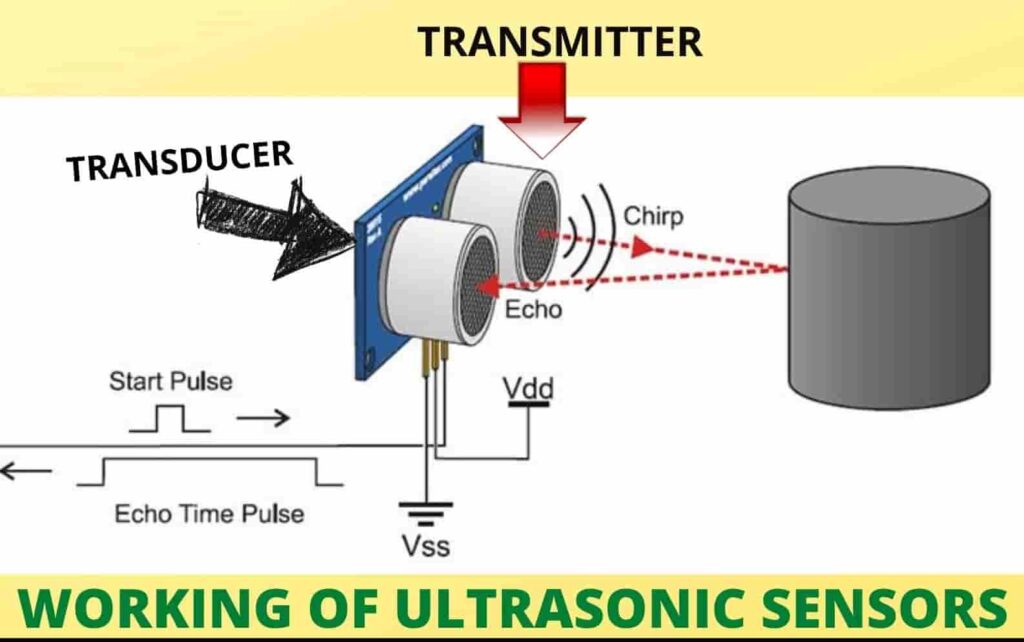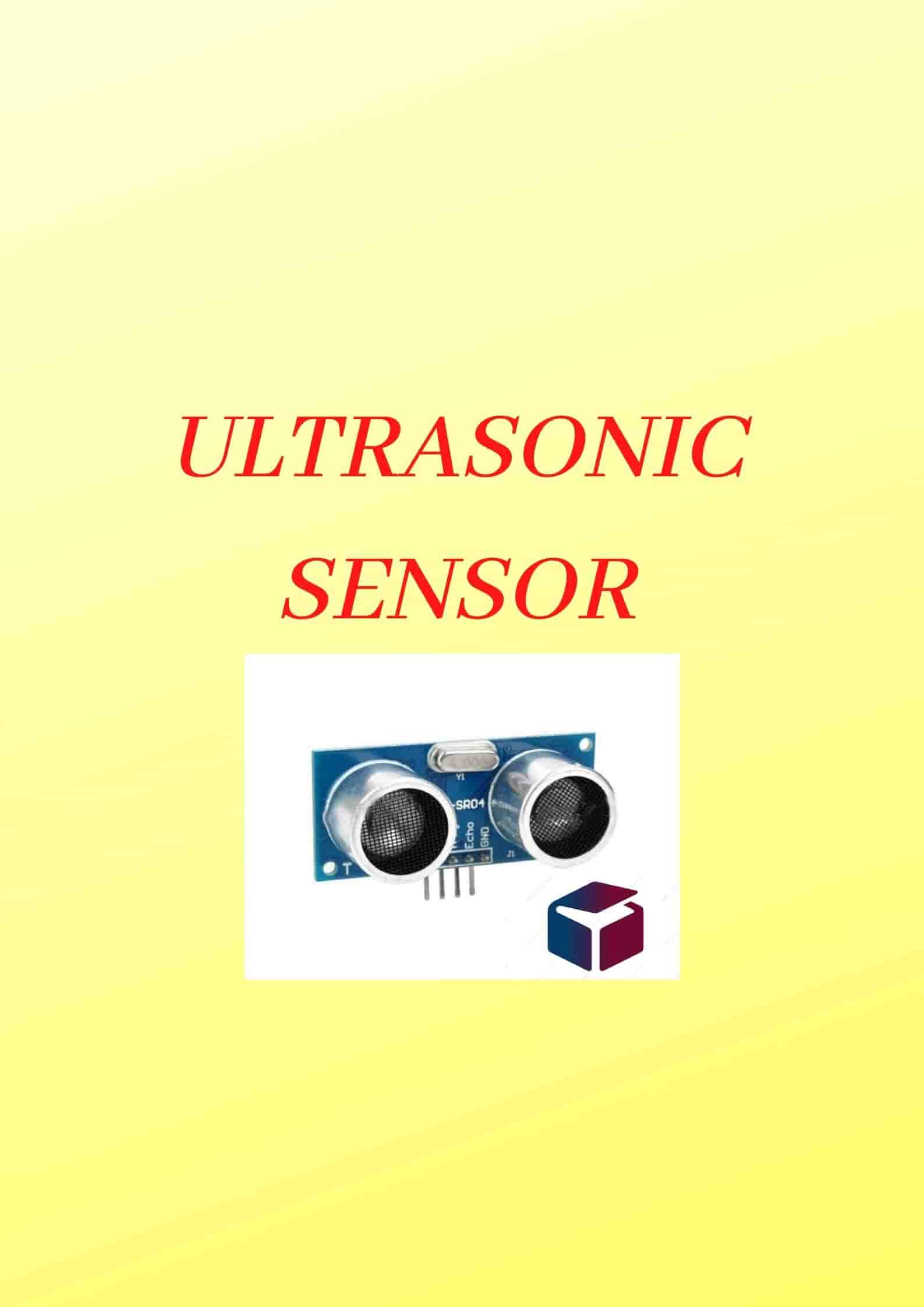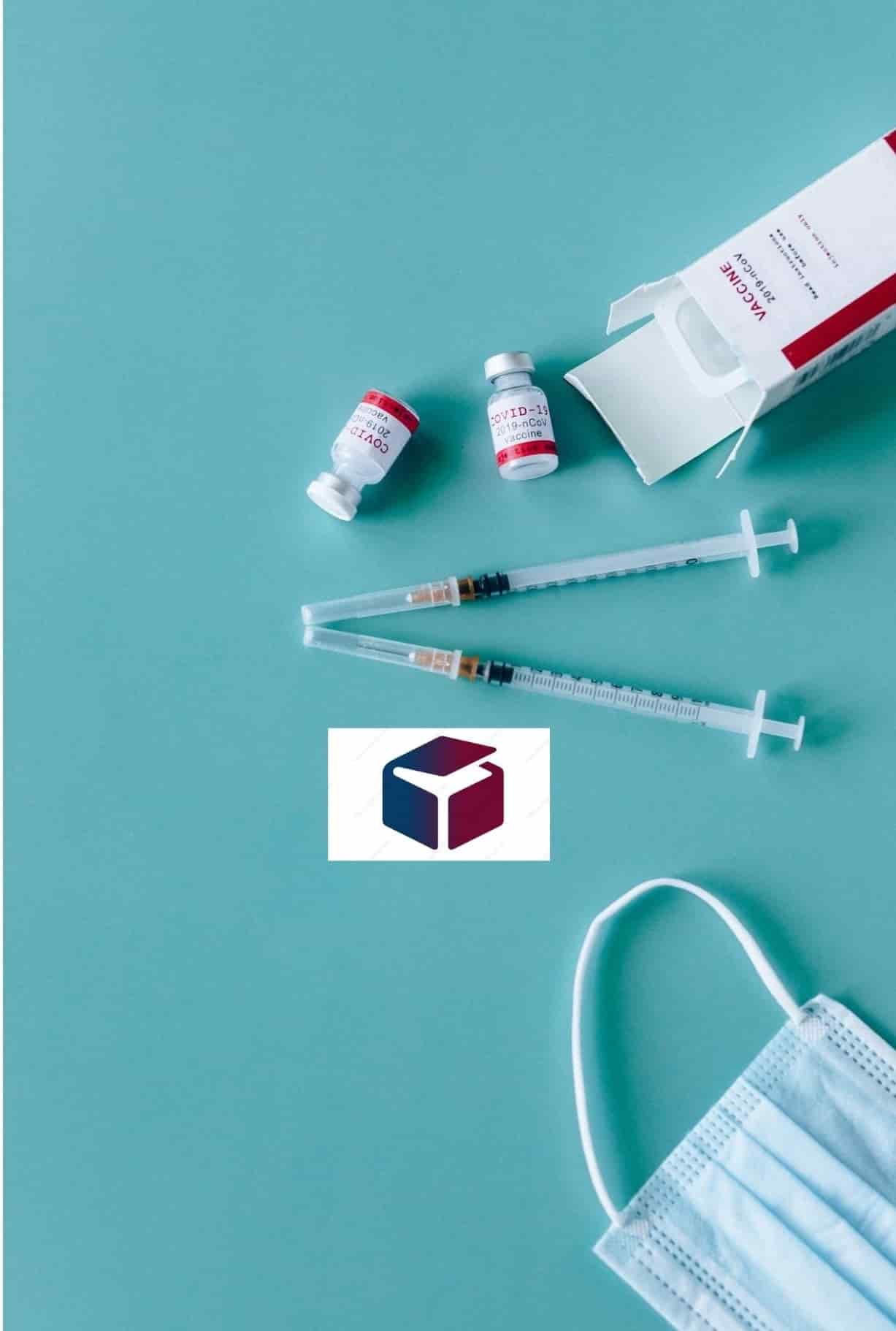Hey guys, what is up. In this particular post, we will be discussing about ultrasonic sensor working. Which formula helps find the specific distance, why, and how are ultrasonic sensors used.
Updated on 05.10.2021
KEY POINTS
Ultrasonic sensor working:
The ultrasonic sensor works by producing sound signals at a frequency that humans cannot hear. The produced frequency is very much higher. The transducer which is present inside the sensor works like a microphone to receive and send the ultrasonic sound. Moreover, these sensors work on a simple principle. The sensors produce signals and wait for the sound to get reflected back by obstacles. After that distance is calculated on the basis of the time taken and speed of the sound. Moreover, many sensors use a single sound producer and receiver.
That producer is an emitter. It is also feasible to attach both of them into one single device. Containing, an ultrasonic thing between emitting and receiving waves. Also, these types of sensors are helpful where size is the main issue. This type of sensor is the best solution for finding clear objects.

Also, radar and ultrasonic sensors are used for some of the same purposes. For instance, both are useful for sound works. These are cheap and easily available. Moreover, these sensors find an object more successfully than radar sensors.
One of the best examples includes radar and light sensors that find it tedious to successfully find plastic. But, ultrasonic don’t have any issue with this. Moreover, the advantage of using ultrasonic is that the color of objects doesn’t affect their result.
On the other hand, if any material is created using an element that absorbs sound. Also, it reflects the signals in different directions that are away from the receiver, readings of that will not be true.

How to calculate specific distance:
If we need to calculate the specific distance from the sensor, then that can be done with the help of formula:
DISTANCE = 0.5 x T x C
Here T is the time of sound and C is the speed of sound
Some important points:
- At 20 ⁰C, the speed of the sound is 1125 feet/second or 343 meters/second. But, it changes that depends on the temperature and humidity of that area.
- Some advanced ultrasonic sensors are best to use underwater.
- Moreover, the speed of sound is much faster in water by a factor of 4.3 times in relation to air.
What are Ultrasonic sensors used for?
It is mainly used for robot navigation. Also, for factory automation. It is used for water level sensing. It can be done by placing one of the sensors above the level of the water surface. Some more applications of sensors in aquatic life can be seeing the bottom of the water, moving inside water. It is also noticed that correct sensors can be used to calculate the fluid flowing rate. Flow rate authority can expand using information from many ultrasonic devices. That gives answers near with a fraction of a percent. Also, these are used in object avoidance systems. As well as in industries for manufacturing purposes.
How are Ultrasonic sensor used?
These sensors transfer sound signals toward an object. That calculates its distance by calculating the time taken by reflected rays to come back to the receiver. This sensor is an electronic gadget. That finds the distance of an object by transferring ultrasonic sound signals. Later, the reflected waves are converted into electrical waves.
When Not To Use an Ultrasonic Sensor:
Mostly, avoid using this sensor when the object is very very small. As the reflected waves are not sufficient for finding, and the distance cannot be calculated accurately.
In the upcoming post, you will be getting information related to Working of humidity sensors and some more operations that can be performed in the 1-D array. If you haven’t read our recent post on How does temperature sensor works and its types then go and and read this. Also, stay tuned for the upcoming posts.



